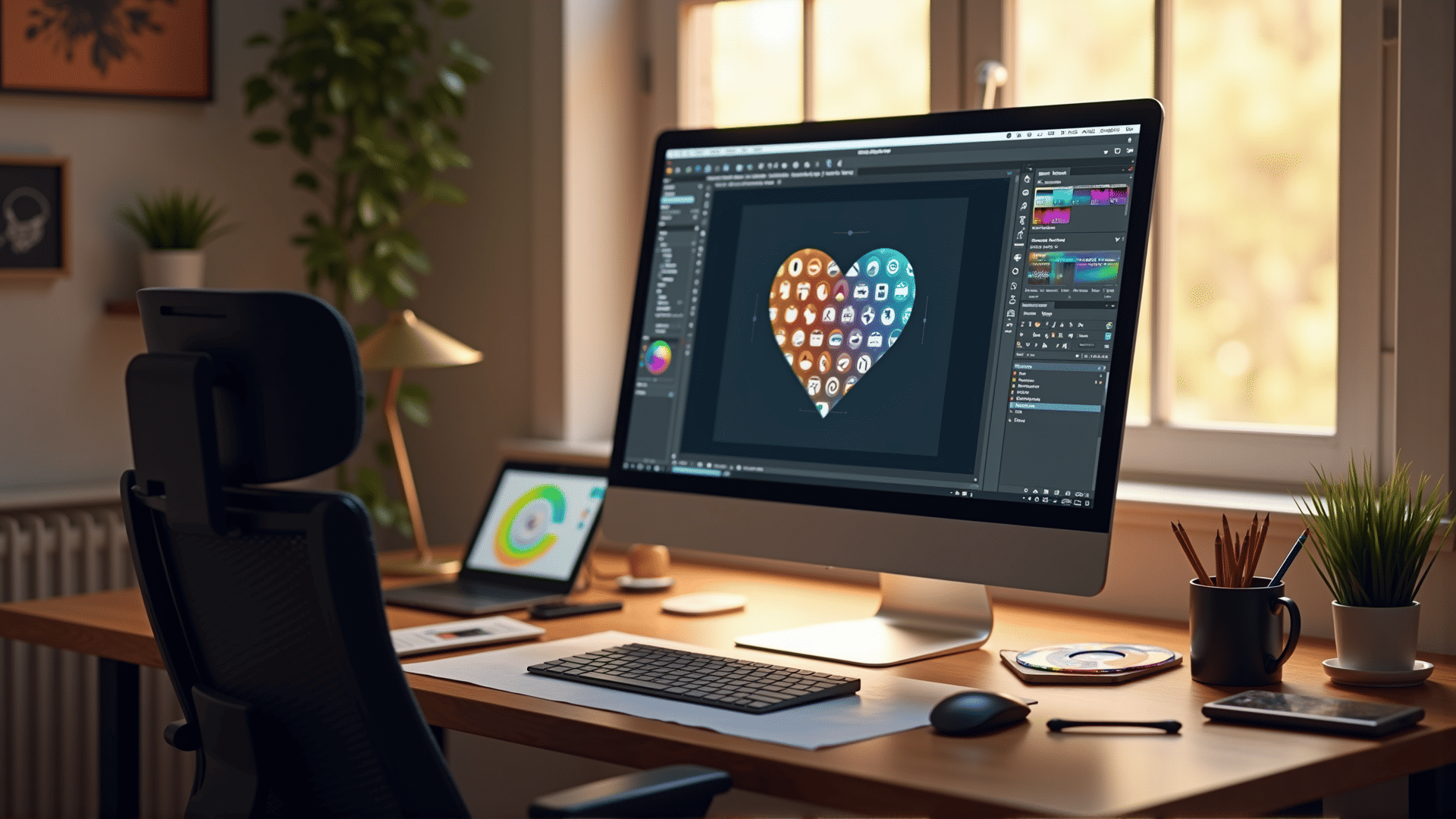In today's technology-driven world, diving into the realm of digital art instruments can be an exciting and rewarding experience for newcomers. Understanding these tools is crucial for anyone looking to explore their creative potential and work on inventive endeavors across various platforms. This guide will walk you through the foundational aspects of getting acquainted with digital art instruments, designed to make your initial steps enjoyable and less overwhelming.
Understanding Your Digital Toolbox
First, it's essential to familiarize yourself with the array of digital tools available. Each serves different purposes, from creating illustrations and enhancing images to drafting layouts for visual presentations. Beginners often start with programs that offer user-friendly interfaces and comprehensive tutorial resources to ease the learning curve. As you grow more confident, you can explore more sophisticated options that provide advanced capabilities.
Choosing the Right Program
Selecting the appropriate program depends largely on your goals and interests. Some are ideal for painting digitally, allowing you to mimic traditional art techniques with a variety of brushes and textures. Others are more suited for editing visuals, offering powerful features for retouching and compositing. Engaging in trial sessions can be invaluable, as they provide hands-on experience and allow you to determine which environment best suits your working style.
Essential Skills and Techniques
Regardless of the tool you choose, developing a strong foundation in basic artistic principles is crucial. This includes understanding color theory, composition, and the balance of elements within your work. Most programs offer functionalities such as layering, masking, and vector creation, which are essential for executing refined and polished pieces.
Experimentation with these features not only enhances your technical proficiency but also broadens your creative pursuits. Online forums and communities are excellent resources for learning tips and tricks, as they connect you with other creatives who can share their insights and experiences.
Building a Flow That Works for You
Consistency is key when venturing into any new discipline. Establishing a regular practice routine can greatly accelerate your progress. Start by setting small, attainable goals, such as a weekly sketch or a monthly project. Gradually, these exercises will build up your confidence and competence, enabling you to tackle more complex challenges.
Additionally, seek feedback on your work. Constructive criticism from peers or mentors can provide new perspectives and foster further development. Remember, the objective is not only to create but to continuously learn and evolve in your practice.
Resources for Growth
There is a vast array of educational materials available to help you along this creative journey. Many platforms offer tutorials, webinars, and courses tailored for beginners. These resources cover a range of topics, from fundamental techniques to specific program functionalities. Engaging with such content can help break down more challenging concepts into manageable pieces.
Embracing Challenges
Digital creation can sometimes present obstacles, especially when learning the technical nuances of various tools. It's important to approach these challenges with patience and perseverance. Each obstacle is an opportunity to enhance your skills and expand your understanding. Embrace the journey, and don't be afraid to make mistakes, as they often lead to the most valuable lessons.
Conclusion
Embarking on a journey with digital art instruments opens a world of possibilities for creativity and expression. With the right approach and a dedication to practice and learning, even beginners can soon transform their ideas into stunning visual pieces. Whether you aspire to pursue a hobby or explore a professional path in creative fields, mastering these tools is an invaluable step in achieving your creative ambitions.
